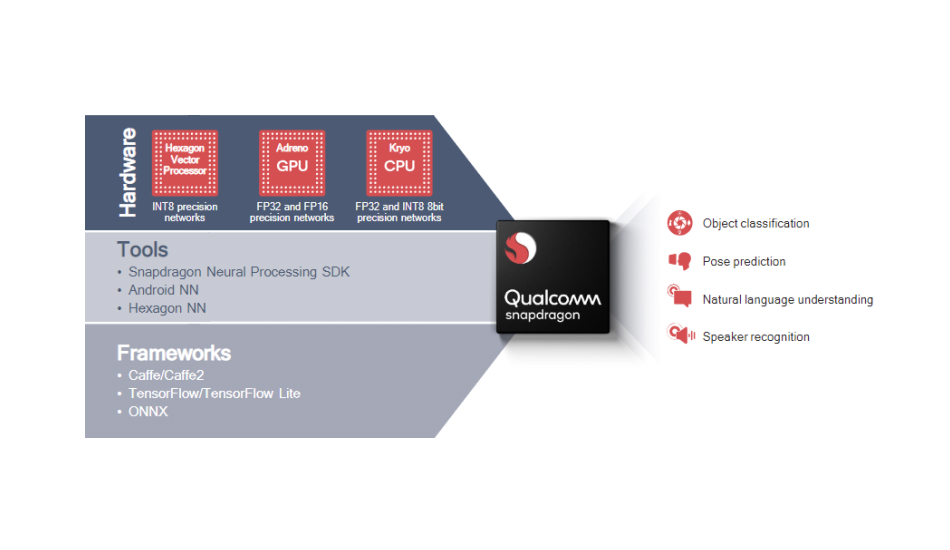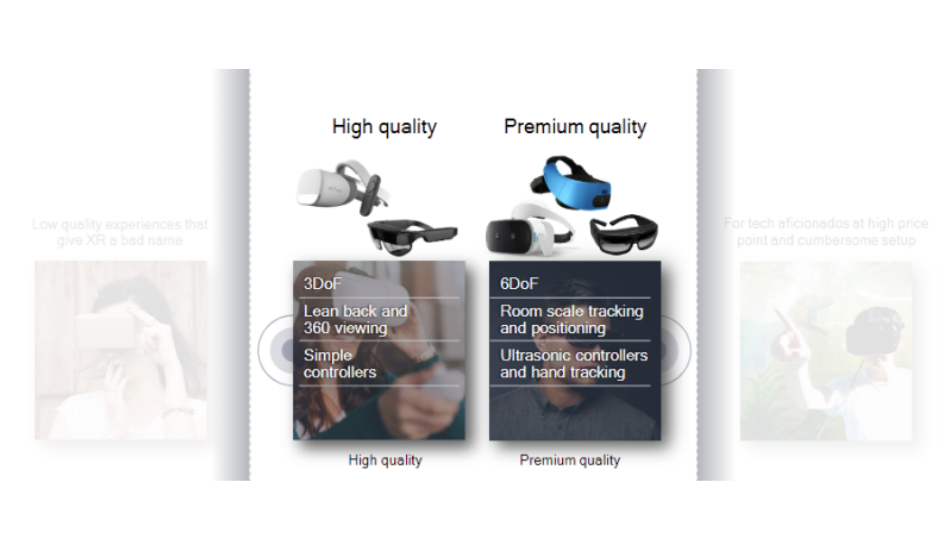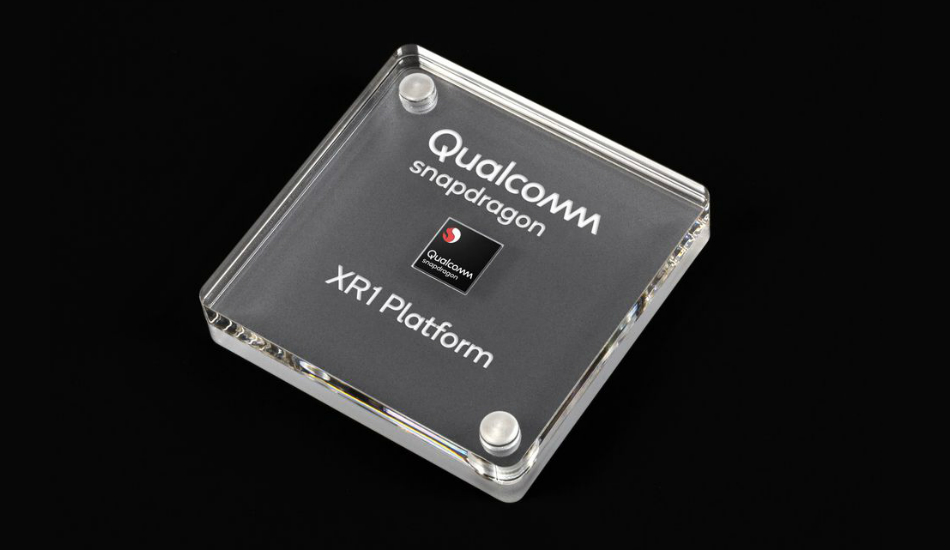Qualcomm has launched the Snapdragon XR1 as a new entry to a platform dedicated for augmented and virtual reality to make AI-enabled wearables more affordable and efficient in the future. The XR coincides with Extended Reality which will include everything from AR, VR and anything in between. Although Qualcomm doesn’t plan a breakthrough in holography, the XR1 will be made to make the existing bunch of AR and VR headsets work better and also bring it down to an affordable price point.
With the latest announcement, Qualcomm will be looking to push two sub-markets for developing chipsets for the next generation standalone headsets. The reason for developing these two sectors – “high-end” and “premium quality” VR/AR headsets is to push its own Snapdragon 845 Chipset to power the high-end devices while the new XR1 module will be employed to offer an immersive citrus reality experience at a lower price.

The high-end SND 845 will thus have room-scale positioning and tracking as well as 6DoF and ultra-sonic controller support to offer. Qualcomm will only emphasize on simpler controller mechanism, 3DoF and 360-degree videos for the development of the lower priced XR1 chipset. With the XR1, standalone devices won’t be as capable as SND 845 powered headsets but will lean back in terms of performance and immersive video experiences.
Although aimed foraffordable range of AR/VR headsets, the XR1 will still offer 4K resolution displays through its Adreno GPU and Hexagon Vector processor. The headsets will eventually rock an OLED or LCD panel with 60 fps and a resolution of 3,840 x 2,160 pixels and will be able to render 3D content within 20ms. The XR1 will also lay support for Qualcomm’s aptX audio with hi-fi DAC, amplifiers and codecs for an immersive sound experience as well as active noise cancellation and speech recognition.

Qualcomm has already listed it’s initial set of partners that include HTC’s Vive technologies along with Vuzix, Pico, and Meta with more OEMs to join in the future. With such a technology still to be integrated and refined to the current line of headsets, we can expect the next bunch of standalone VR and AR headsets to be powered by the Snapdragon XR1 as soon as early 2019.


